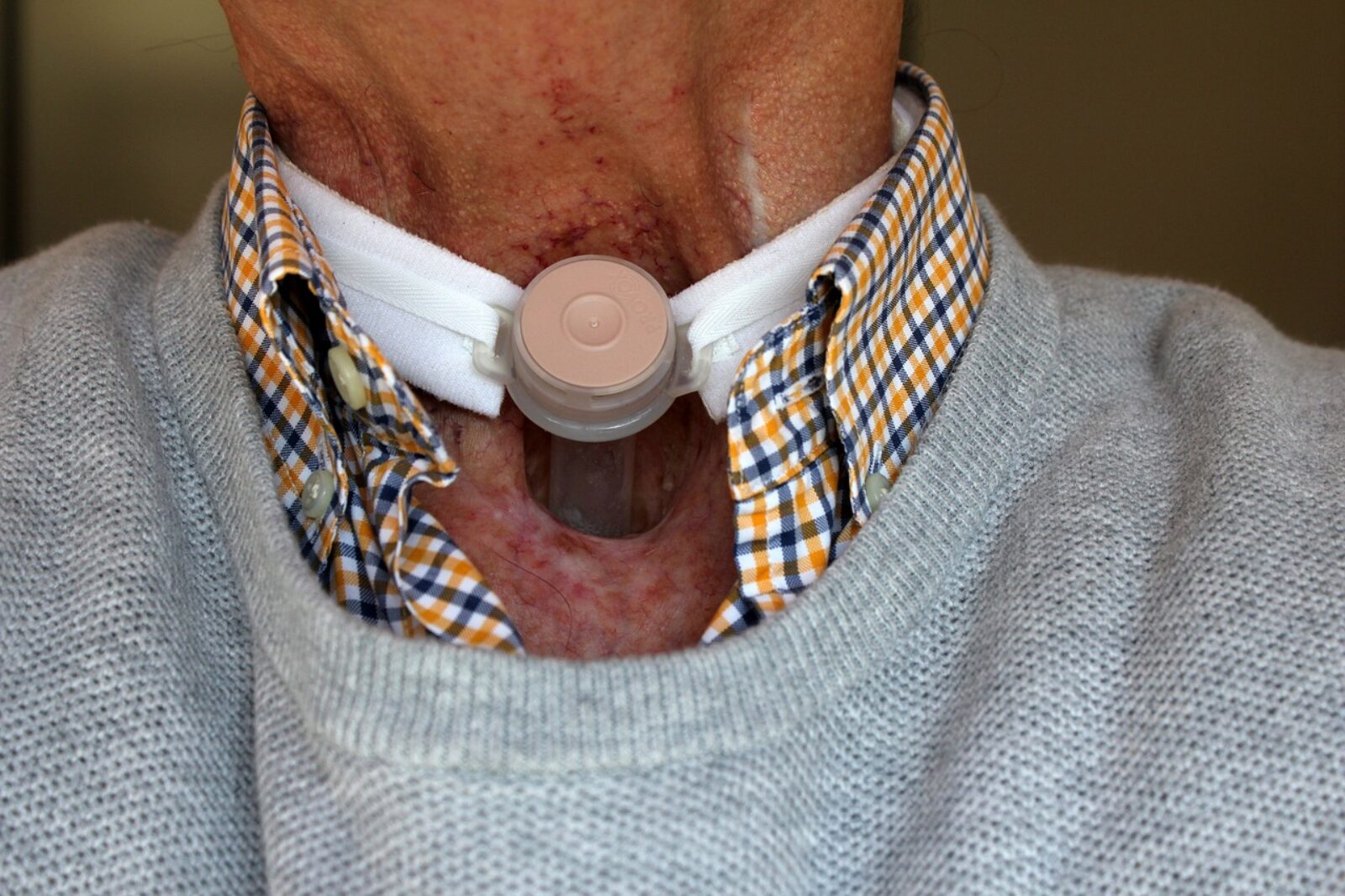
When caring for patients with a tracheostomy, ensuring effective airway management through proper suctioning is critical. One of the most important factors in maintaining a clear airway and preventing complications is selecting the correct suction catheter size. The right suction catheter size for a tracheostomy ensures safe and efficient removal of secretions, reduces the risk of trauma, and enhances patient comfort. In this guide, we’ll explore the key considerations healthcare professionals should make when determining the appropriate suction catheter size for tracheostomy patients.
A primary consideration when choosing a suction catheter size for a tracheostomy is the size of the tracheostomy tube itself. Tracheostomy tubes come in a variety of sizes, typically measured in millimeters, and selecting a suction catheter that corresponds with the inner diameter of the tube is essential.
A general rule is to choose a suction catheter that is slightly smaller than the inner diameter of the tracheostomy tube. This helps prevent the catheter from obstructing the airway or damaging the delicate tracheal tissue. By allowing adequate airflow around the catheter during suctioning, you ensure that secretions can be removed without compromising the patient’s breathing. Pennine Healthcare have a wide range of suction catheters in different of sizes making us the perfect supplier for your practice.
To accurately calculate the suction catheter size, healthcare professionals can apply the French scale formula:
For example, if the tracheostomy tube has an inner diameter of 8 mm, the optimal catheter size would be:
In this case, a 5 or 6 French catheter would be the appropriate size for effective suctioning. The French scale, which is commonly used to denote catheter sizes, helps healthcare providers standardise suction catheter selection based on the tracheostomy tube size, ensuring optimal suction performance.
Patient characteristics, particularly age and anatomy, also play a significant role in determining suction catheter size. Paediatric patients have smaller airways and more delicate tracheal tissues, requiring smaller suction catheters to minimise trauma and ensure safety. For example, infants or young children may need catheter sizes ranging from 6 to 8 French, depending on the tracheostomy tube size.
Conversely, adult patients generally require larger catheters, as their tracheostomy tubes and airways can accommodate wider diameters. Catheter sizes in the 10 to 14 French range are commonly used for adults, but the final choice depends on the individual’s anatomy and clinical needs.
The characteristics of the patient’s tracheal secretions are another crucial factor when selecting a suction catheter. Thick, viscous secretions may require a larger suction catheter to effectively clear the airway, while thinner, watery secretions can be managed with a smaller catheter size.
By matching the suction catheter size to the consistency of secretions, healthcare providers can ensure more efficient removal and reduce the risk of airway blockage. In cases of thick secretions, it may be necessary to use intermittent suctioning or adjust the suction pressure to achieve optimal results.
A well-established guideline for determining the correct suction catheter size for a tracheostomy is to maintain a suction catheter-to-tube diameter ratio between 50% and 75%. This ratio ensures that the suction catheter is small enough to allow airflow around it, while still being large enough to effectively remove secretions.
For example, if a patient has a tracheostomy tube with a 10 mm inner diameter, the recommended suction catheter size would range between 5 mm (50%) and 7.5 mm (75%). Following this ratio minimises the risk of trauma and airway obstruction, contributing to safe and effective suctioning.
While guidelines and formulas provide valuable insight, clinical judgment is paramount when selecting the appropriate suction catheter size. Every patient is unique, and their needs may change over time due to factors such as secretions, respiratory status, or the condition of the tracheostomy site. Therefore, it’s crucial to regularly assess the patient’s condition and adjust the suction catheter size as necessary.
Monitoring the patient’s response during suctioning, including their oxygen levels and overall comfort, helps ensure that the selected catheter size is appropriate. If the patient shows signs of distress, such as increased respiratory effort or coughing, it may be necessary to re-evaluate the catheter size and adjust.
Choosing the right suction catheter size for a tracheostomy is essential for effective airway management and patient safety. By considering the tracheostomy tube size, using the French scale formula, accounting for the patient’s age and secretion characteristics, and adhering to the recommended catheter-to-tube ratio, healthcare professionals can optimise suctioning procedures. Regular monitoring and clinical judgment are also key in ensuring ongoing success in tracheostomy care.
For more information on suctioning supplies and accessories, including a full range of suction catheter sizes, download our Surgical Suction & Accessories Catalogue and explore how Pennine Healthcare can support your clinical needs.
By making informed decisions on suction catheter size, you can enhance patient outcomes and provide safer, more efficient care for tracheostomy patients.
Image Source: Pixabay